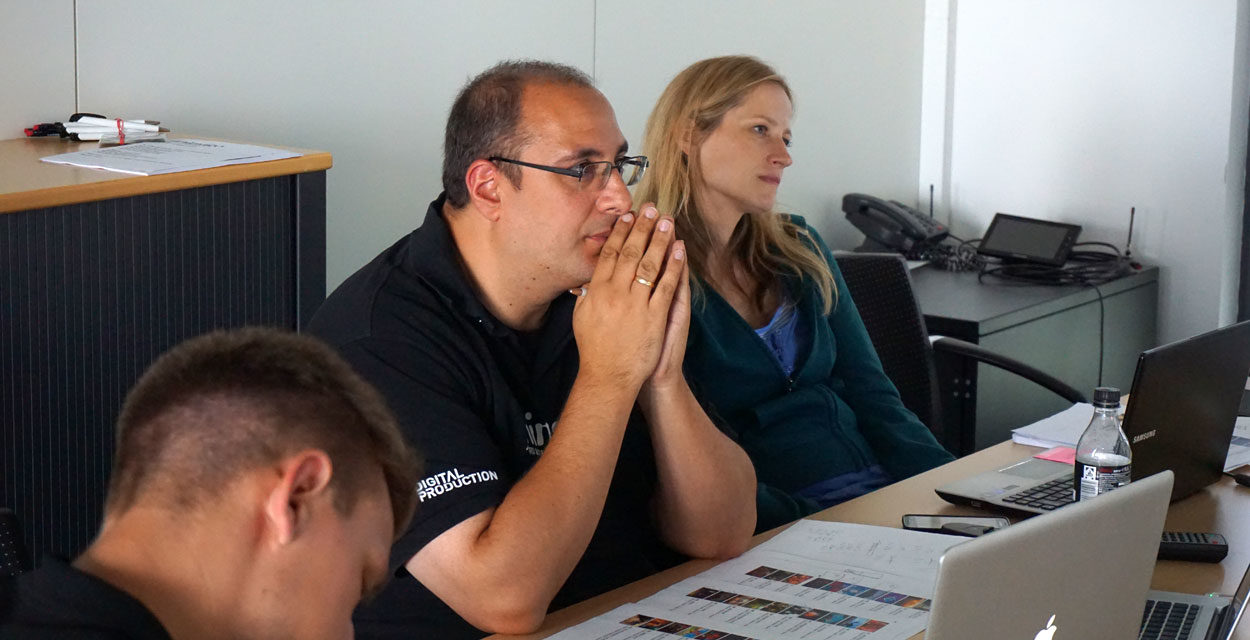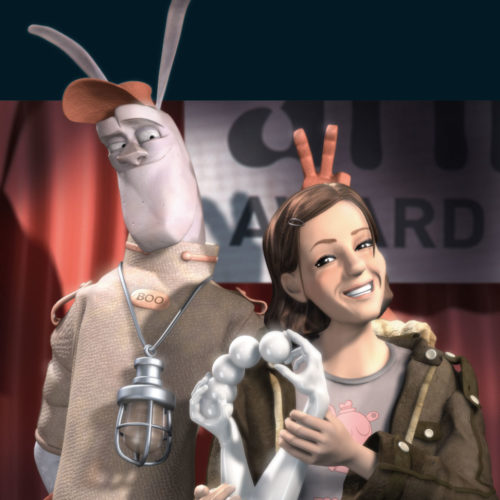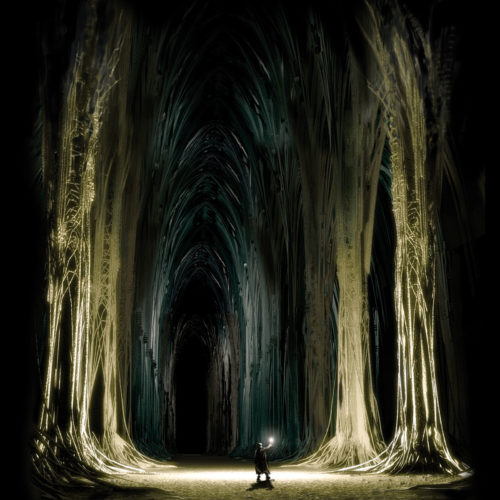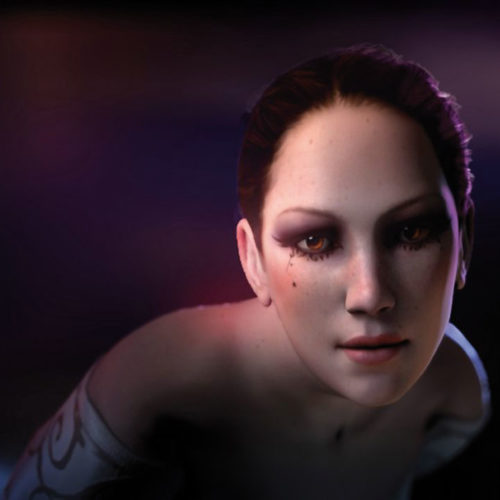Interview with Günter Hagedorn, animago organiser and jury chairman
Günter Hagedorn is a freelance graphic designer and programmer based in Hamburg. Since 2004, he has also worked extensively in the realm of photography. Günter is one of the animago’s founding members and has been a key part of the event since 1997 as both organiser and jury chairman.
How did the animago first come into your life?
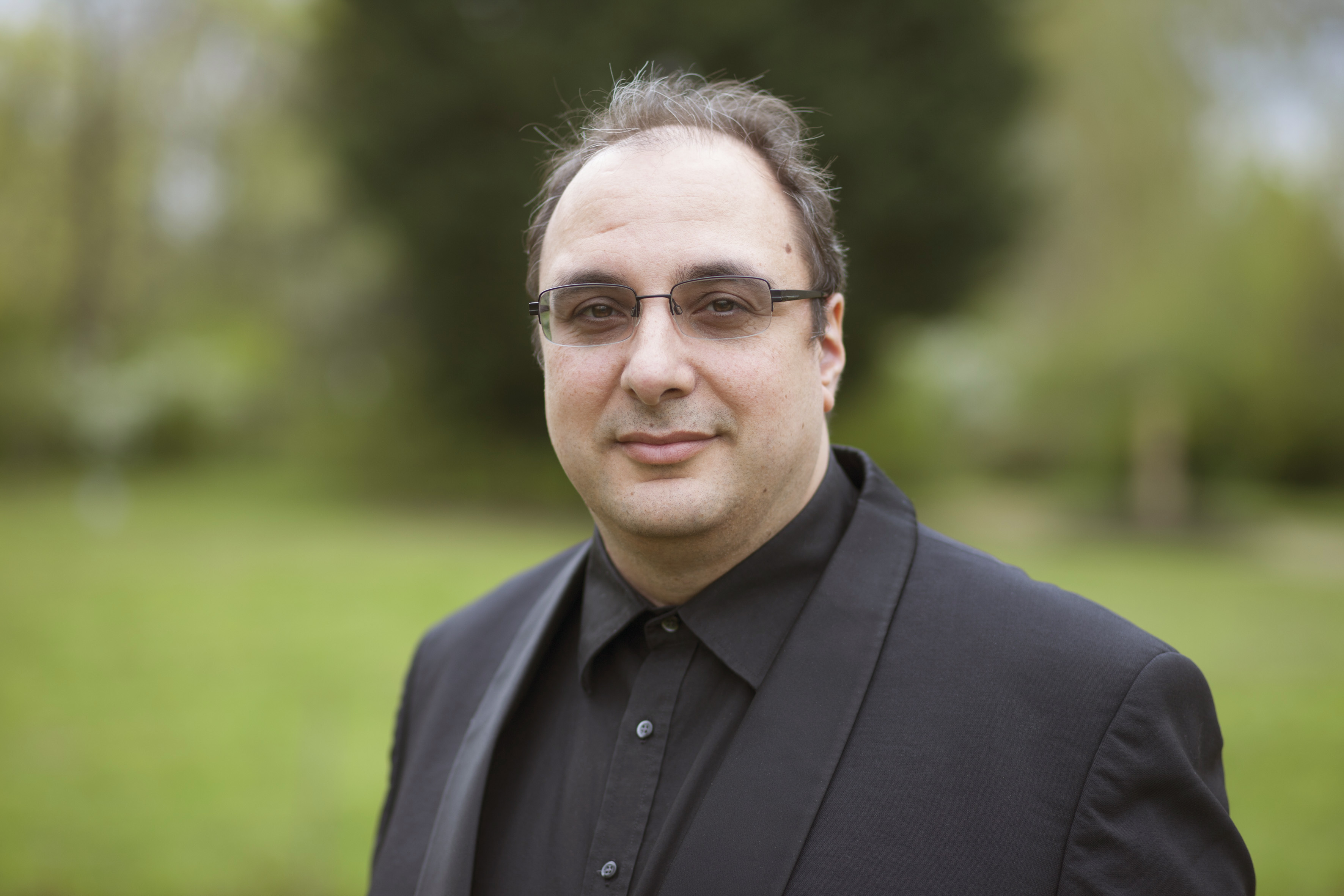
Günter Hagedorn
I had already been active for several years in the distribution of a Finnish 3D software product called “Real3D” in Germany, Austria and Switzerland when Gabi and Heiko Knappe first got into touch with me. Back then, they were still writing for a different magazine and looking to showcase the software in an article. They are very open and considerate people with lots of curiosity and commitment. Less than one year later, we met again in a Japanese restaurant in Hamburg, where they told me about their plans to create their own magazine called Digital Production. That was 20 years ago and it was an exciting time. The industry was bustling and every day brought new innovations. Plus, in contrast to today, there were far more bidders vying for the favour of customers. In fact, in the 3D segment, there were many competing products that either don’t exist today or function under a new name or owner. In other words, the 3D scene was already there, but it was in its infancy. The Knappes already had great contacts to the industry thanks to their journalistic work, and they eventually came up with the idea for a competition and award during a meeting on “3D culture in Germany” with the then leading companies Kinetix, Intergraph and SGI. Initially, it was called the “animago 3D Award” and focused entirely on 3D. Seeing as DP magazine wasn’t even on the market at the time, the manufacturers were the ones to publicise the competition among creatives.
What were the first animago AWARDs like?
We received 676 submissions to the first animago. Back then, the forms were filled out by hand and the submissions printed on dot matrix printers. The films were submitted in the form of video cassettes and beta tapes, and the stills came on diskettes or even in printout form. I wrote a database, helped register the entries and also digitise and screen them. Before Digital Production was handed over from the Knappe family to Reed Business Information in 2002, I would go down to Munich each year for four to five weeks and live almost like an additional member of the Knappe family. Back then, I lived and breathed the animago 24/7.
Could you name a particular highlight that has stayed with you over the past 20 years of the animago AWARD?
It’s hard to pick just one. Each animago is different thanks to the nature of the submitted projects. But one definite pleasure is seeing the award winners flip out with joy when they hold “their” animago in their hands. I also really enjoy making new contacts to all the creative professionals who make the animago what it is. That’s a big part of what makes my work so attractive. You get to learn so much about the people behind these amazing images, their inspirations and backgrounds. Some are at the animago each year, and I’ve had the pleasure of meeting many of them personally at the awards. I also truly enjoy my work with our ever-changing jury, with the creatives with whom I collaborate every year on the trailers, as well as with the Digital Production team. I’ve established lasting friendships I will always treasure.
Which project submissions impressed you the most and why?
That’s a difficult question to answer. I could name 40 to 50 films easily. There are certainly some films that I still like to watch today. “Annie & Boo” by Johannes Weiland (2004), for example; I guess I’m just a romantic. Of course, it’s the funny films we remember the most, like “Mobile” by Verena Fels (2010) and “The Chase” by Space Patrol (2012). And several quotes from films have made it into our daily lingo: “Always twice as much as you” … from one of the “Tassen” films by Fiftyeight from Frankfurt. Optically, it’s most of all the game trailers that bowl me over each year again: “Mass Effect 3”, the “Assassin’s Creed” series or “Watch Dogs” by Digic Pictures in Hungary. For me, these are milestones in computer animation. It feels like the most powerful film images come especially from the East. For example, when Platige Image first entered the animago in 2002 with “The Cathedral”, I immediately became a fan of the studio. But I’m an even bigger fan of soft tones, and each year we receive unbelievably creative works in this vein from France. It’s almost as if the students there live in a different world. “Les Liens de Sang” by the students at the Ecole Georges Meliès (2015) and “Silhouettes” by students at Supinfocom Valenciennes (2007) and just two examples. Of course, I can’t forget all the great stills that reach our desks each year. As a photographer myself, I know all too well how much work you can put into an individual image, but the effort that goes into a still is comparatively even more elaborate. Indeed, the artist must be able to master all forms and colours.
What would you wish for the animago going forward?
The animago world thrives on dynamism and versatility, so I would like to see even more creatives participate in the competition. We already receive submissions from over 60 countries each year, which makes it a kind of global gathering and coming-together of various art forms, but it could be even more prominent, I think. I also hope that a wider audience – regular people and one day maybe even TV audiences – will be able to experience the inspiring work being done. That’s why I’m looking forward to being a part of the animago AWARD for many years to come.

